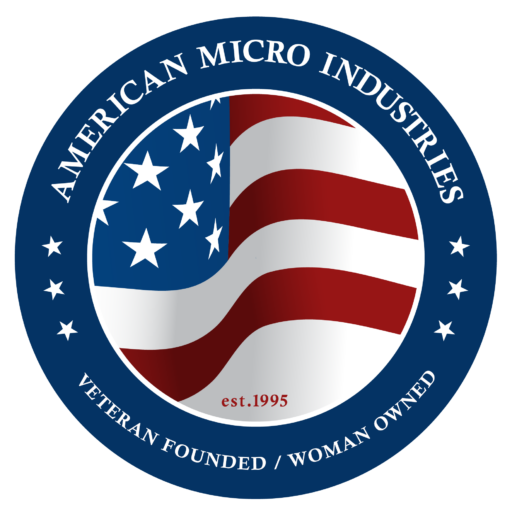

CNC machines have evolved from simple, punch-tape-controlled devices into almost fully automated apparatuses capable of working using numerous axes. For anyone who works with this equipment, the story of how CNC machining evolved tells how far the technology has progressed in just a short time. Examining any history is a way to better appreciate the present while continuing innovations into the future. With CNC machining, the strive for improvement persists as companies seek to make this technology faster, more efficient and able to provide higher accuracy.
Learn More About Our CNC Machining Services
The first machines to turn over some of the tool operations were numerical controlled devices. This name gives two-thirds of the acronym for CNC machines today — NC. When it comes to CNC vs. NC machines, it’s important to understand their operations. NC machines used punch-tape to dictate how the tools moved. During their development in the late 1940s, computers were still far into the future. Why NC machining became popular after the war has reasons based on the purpose and operation of these first devices.
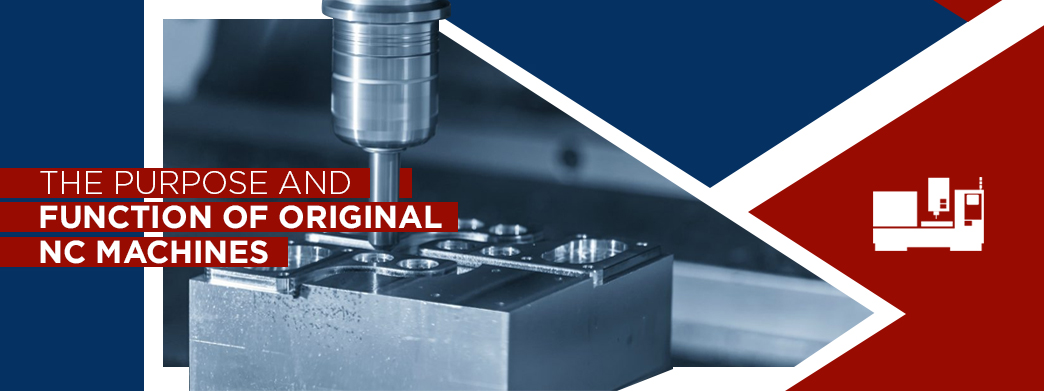
Engineers during World War II sought methods to give them an edge in production. Previously, metalworkers manually operated mills, lathes and other equipment. The war increased production and demand for metal products, so the U.S. Air Force requested a means of speeding production without sacrificing accuracy. NC machines would eventually fulfill both requirements, though the process would take years and numerous innovations.
The dream of full automation for manufacturing was not possible because even NC machines required human input into the system. Today’s CNC machinery, as sophisticated as it is, still needs engineers to oversee operations. However, the speed of production and precision increased as errors decreased.
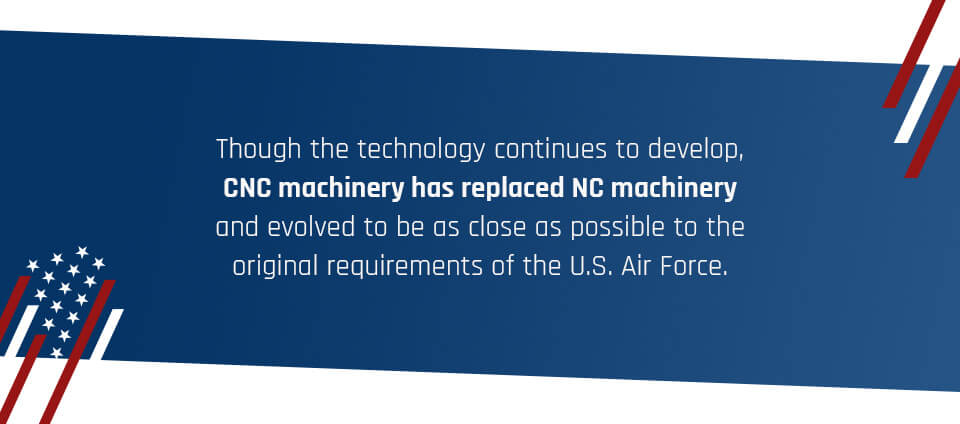
Though the technology continues to develop, CNC machinery has replaced NC machinery and evolved to be as close as possible to the original requirements of the U.S. Air Force. Perhaps the future will bring complete automation to CNC operations, requiring minimal human interference and freeing engineers to focus their efforts on other meaningful areas.
Studies on numerical control started after the Second World War through funding from the U.S. Air Force. The military organization paid a team led by John Parsons to create a mathematical method to operate machine tools. Parsons’s research eventually led to a punch-tape NC machine. Research transferred from Parsons’s company to a group of scientists at the Massachusetts Institute of Technology, where it continued to expand in the ensuing decades.
The first NC machine had its origins in similarly operated punch-tape devices from the previous century. In fact, equipment using punch tape or cards developed long before the first NC machines, but the technology had a decisive influence on the original NC machine.
The punch tape used a coding system called the “G-code,” named for its creator Gerber Scientific Instruments. To create the punch cards, a programmer would insert the blank cards into a machine called a “flexowriter.” This typewriter-like device allowed the programmer to punch the program as quickly as typing up a page. This program still required time to create and input onto the card, which then needed feeding into the numerical reader.
Though it needed extra time to program the NC machines, the ensuing automation helped improve accuracy and open the field to the possibility of programmed machine control.
The technology that would evolve into today’s CNCs started as punch-tape technology to drive looms and player pianos in the late 19th century. Before MIT’s work on NC technology, Parsons calculated coordinates on an airfoil with an IBM 602A multiplier. He turned these coordinates into punch cards that he fed into a Swiss jig borer to produce templates for helicopter blades. This commercial application of the punch-tape technology was a breakthrough for Parsons, but other companies did not embrace the technology until much later.
Parsons’s contribution to the application of mathematical coordinates to programming an NC device opened the door for future CNC technology. In the history of CNC machines, few individuals had such a substantial impact on the development of the system. Were it not for Parsons’s initial experiments in creating a helicopter blade template, today’s CNC machinery may never have been developed.
Despite Parsons’s advances in the field, one person could not do all the necessary study. MIT took over research in the next decades. From his prior experience with the technology, Parsons became a perfect partner to the MIT team. This group would move NC technology closer to its current computer-based use.
MIT’s research into NC machines changed Parsons’s initial use of a boring machine to a mill. The milling machine created long, continuous cuts in the working piece. The amount of setup and programming required for these NC machines required as much or more labor than the manual operation of similar equipment — the initial setup cost would be distributed over several parts during mass production. However, the concurrent development of computers would help reduce the setup speed of NC machines as they shifted from using punch tape to magnetic tape to the software.
By 1952, MIT had produced a machine ready for demonstration. Media, machining industry members, the military and the aerospace sector representatives all witnessed this initial NC demonstration of a three-axis device. Servo motors controlled the milling machine, while an early vacuum-tube-run computer operated the servos. This demonstration controller had a massive number of relays and vacuum tubes — 175 and 250, respectively.
Thanks to MIT’s initial research and improvements on the technology, it had progressed enough to the point of commercial potential. In 1953, Bendix Corporation purchased MIT’s patent rights to use NC machining to commercially produce the machines for making tools. Shortly after that, Bendix Aviation became one of five companies building NC controls in 1955. The development of NC machines spread rapidly across the country until they numbered 35,000 in 1964.
In 1956, the development of the APT programming language helped MIT’s team in their efforts to create the first computer-controlled NC machines. Computer operation significantly reduced the setup time for the system by switching to software programs. Advanced software would bring the first computer numeral-controlled machines, predecessors to today’s CNC devices.
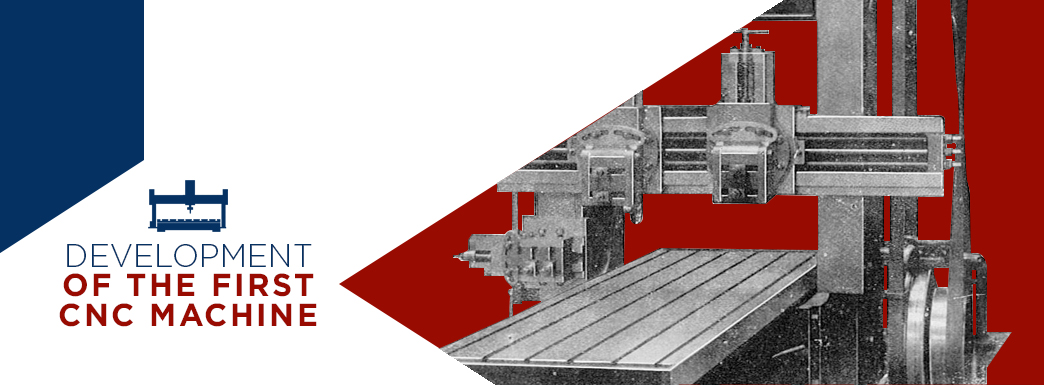
The MIT team continued its research until it could demonstrate to the world the first computer numerical control machine in 1959. For its first project, the group decided to program the milling machine to create a commemorative ashtray for the event. Despite this success, companies remained cautious about adopting such a pricey and uncertain technology, mainly because manufacturing companies tend to use equipment that lasts for decades with little need for upgrades. CNC seemed too new and would not likely last long enough to make it a viable investment for most machine shops at the time.
CNC machines as they look today did not appear in extensive use until computer technology caught up to NC operation in the late 1960s. The introduction of software into operations allowed the computer to adapt to situations a punch-card system could not, providing capabilities that could reduce read error, allow operators to edit and provide better storage.
The adaptable software today comes in two forms — computer-aided design (CAD) and computer-aided manufacturing (CAM). CAD and CAM software make designing and implementing the plan possible from behind a computer screen. Software control means faster setup and easier changes to the design, even at the last minute. The software input into the controller system revolutionized NC machines and brought them to the industry standard of today.
Controllers shifted from using punch cards to software for operation directions.
During the 1960s and 1970s, computer technology moved fast enough and was reliable enough for machine shops to begin adopting CNC machines instead of using the older NC systems. Without punch cards that required a flexowriter to create the program on the physical card or tape, CNC machinery could take less time to program software. Additionally, changes in the software were not as challenging to execute as on punch cards, which might need remaking.
The introduction of software programming allowed the machines the capacity to eventually communicate with the operator and adapt to the process if needed along the way. This dynamic operation makes CNC machines even more efficient than their predecessors. Some modern machines will also change worn tools out automatically, while others will alert the operator to a need for a new cutting implement. As innovative as today’s systems are, however, they still retain the same essential parts that Parsons’s device had — a machine, a controller and motor controls.
While the manufacturing industry tends to stay with tried-and-true technology, CNC machines have become one modern innovation embraced in many shops today. The advantages of computerized control make CNC devices a much better alternative to obsolete NC machines or manual machining thanks to greater accuracy, faster speeds and higher production capabilities.
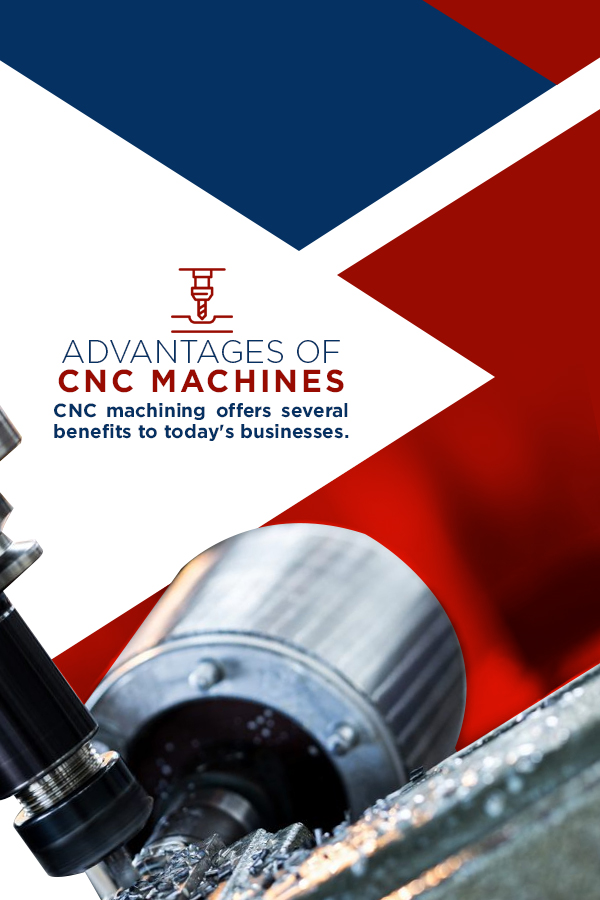
Advanced CNC machining offers several benefits to today’s businesses. Consider the following ways advanced CNC machines benefit today’s industries:
The ability to design products in a CAD program means anyone can create a prototype. Instead of needing to be an expert in manufacturing to create an ideal design, an engineer must only replicate their idea in the computer to have the CNC machine create it. Because the plan remains on the computer, any alterations to the form of the part can take place quickly by repeating the computer processing for a new model.
With the methods used by CNC machines, orders can be as small as a single piece used for testing or massive, high-volume projects. This ability to shift from small to large-scale production means a business can create a single prototype with CNC machining. After the business puts the model through physical testing and makes any final changes to the design, the finalized form can quickly begin high-volume production.
The range of materials available for CNC machining gives another advantage to this process. At American Micro Industries, we use phenolics, rigid foam, plastics and carving foam. Within each of these categories are specific types of material. You can choose the one that offers the best properties for your project. Often, machined parts from these materials include electronic device cases, insulation and prototypes. The variety of material options increases the possible parts you can create through CNC machining.
While machining started with a numerically controlled lathe, the technology has gone beyond just that type of tool. Tools now include milling, screw machining and machine turning. All of these machines share qualities and features, offering users multi-functional aspects.
Lastly, the most accurate method is screw machining, which has less automation but more accuracy. Workers need to properly set up the guide bushing that allows for this device to achieve phenomenally high tolerances of plus or minus 0.005 inches. In fact, the machinery helps to guide the level of tolerance of the finished piece. With CNC machining, the ability to create incredibly accurate pieces with low margins of error is possible.
The screw mill’s other name is the Swiss-style lathe because this machine can create tiny parts in watches. A task that once required highly skilled metalworkers capable of producing the smallest components for timepieces now needs trained engineers who can develop minute designs for the CNC screw mill. However, the mill will produce more parts faster than an artisan can create alone.
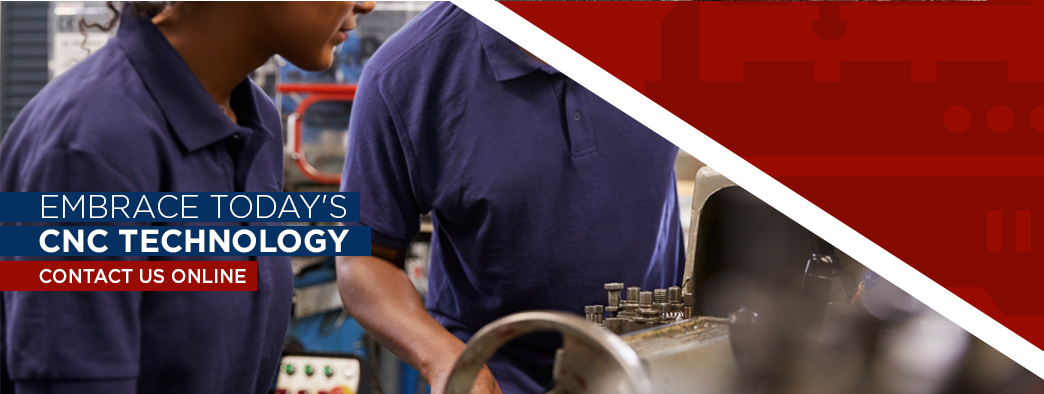
Decades have seen the evolution of CNC machinery technology from punch-driven devices to computer-run machines. The advantages, though, remain the same — companies get automated precision from the devices with lower margins of error than human metalworkers could create and at higher throughput. Similarly, to other technology, CNC history has not reached its end.
Today’s CNC machines are more predictable than previous models. Past CNC machines used a rotating motor and a control level on a cam to operate. The machine’s fluid flow could not stop if the feedback cable broke, leaving room for error and resulting in unpredictable outcomes. Since today’s machines are electronically controlled, an uncontrollable flow is unlikely. You can now rely on CNC machines to deliver your expected results.
Advanced software allows businesses to make 3D models and create drawings from those for each project. CNC machines then carve the highest-quality materials to bring the prototypes to life.
Throughout changes in NC and CNC technology, the machinery has increased in its accuracy, precision and speed. As good as these attributes are, the technology still has room for improvement. As engineers continue to adapt CNC machinery, more companies will likely recognize the advantages of CNC machining for their projects.
CNC manufacturing is growing rapidly, and many industries benefit from CNC machine capabilities. Several industries use CNC machines for the following applications: